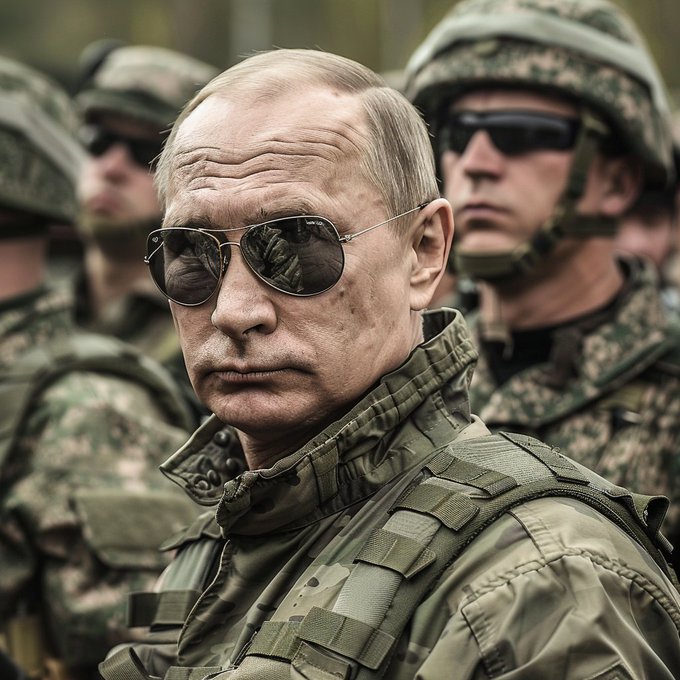Putin’s Threats Spark Meetings and Murmurs of Mass Production
NATO Scrambles Amid Missile Madness
NATO’s latest emergency meeting might set a new record for urgency—and maybe futility. The alliance, led by Britain, is convening to discuss Russia’s latest “unstoppable” hypersonic missile, the Oreshnik. This comes days after Vladimir Putin gleefully demonstrated its capabilities by targeting the Ukrainian city of Dnipro. Kyiv, meanwhile, estimates Russia has about ten of these weapons but suspects mass production could be underway. Nothing like a production line for world-ending toys to spice up international relations.
Hypersonic Missiles: Russia’s New Favorite Hobby
Putin wasted no time declaring his new missile a masterpiece. “We will continue these tests,” he told military chiefs, adding that combat situations dictate further demonstrations. The Oreshnik, derived from Russia’s old Rubezh missile, can also be retrofitted to carry nuclear warheads. Pentagon spokesperson Sabrina Singh ominously noted this potential, as if we needed another reason to stay awake at night.

The missile isn’t just fast—it’s terrifyingly adaptable. NATO’s chatter about defense systems feels akin to installing a garden hose to counter an incoming asteroid. Britain’s contribution of Storm Shadow rockets and the U.S.’s ATACMS missiles to Ukraine has upped the ante, sparking this latest Russian response.
Ukraine’s Front Line: Cracks Begin to Show
While NATO strategizes, Ukraine faces growing challenges on the ground. Kyiv fears that the Oreshnik and other hypersonic weapons could tip the scales in Russia’s favor. Recent strikes hint at escalating aggression, with Putin reportedly enjoying every moment of his missile demonstrations. Officials warn that the front line may collapse under the weight of relentless assaults.
Western nations, meanwhile, seem torn between bolstering Ukraine and avoiding a direct confrontation with Moscow. The indecision adds to the atmosphere of chaos, leaving Ukraine to hold the fort against increasingly advanced weaponry.
NATO: All Talk, Little Action?
NATO’s emergency talks on Tuesday are unlikely to produce groundbreaking solutions. The alliance has consistently been more reactive than proactive in dealing with Russia’s threats. Its members will likely reiterate support for Ukraine while skirting any commitments that could provoke a broader conflict.
Putin, for his part, seems to relish NATO’s scrambling. His missile theatrics appear aimed at keeping the alliance perpetually on edge, unable to find a unified strategy. If NATO’s response boils down to strongly worded letters and more meetings, the Russian president might celebrate with a second missile launch.
Hypersonic Panic or Strategic Bluff?
NATO’s dilemma reflects a deeper challenge: balancing deterrence and de-escalation. Putin’s hypersonic missiles represent not just a military threat but also a psychological game. As NATO members convene to strategize, one question looms: can they move beyond talk and into meaningful action, or will they simply hope that Russia runs out of missiles before Ukraine runs out of defenses?
Only time—and perhaps a few more emergency meetings—will tell.
Our Visitor






 Users Today : 11
Users Today : 11


